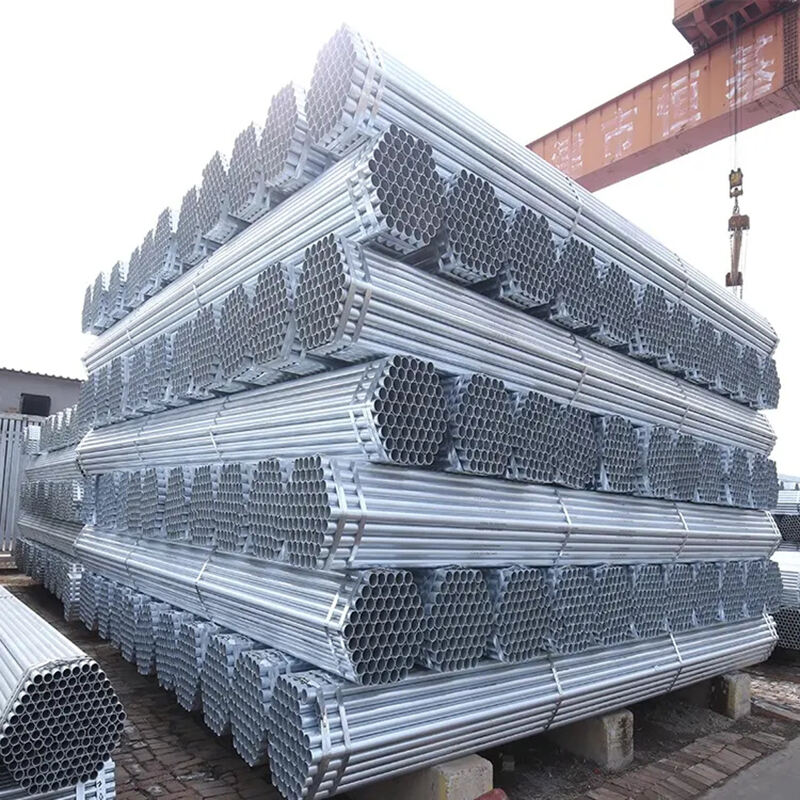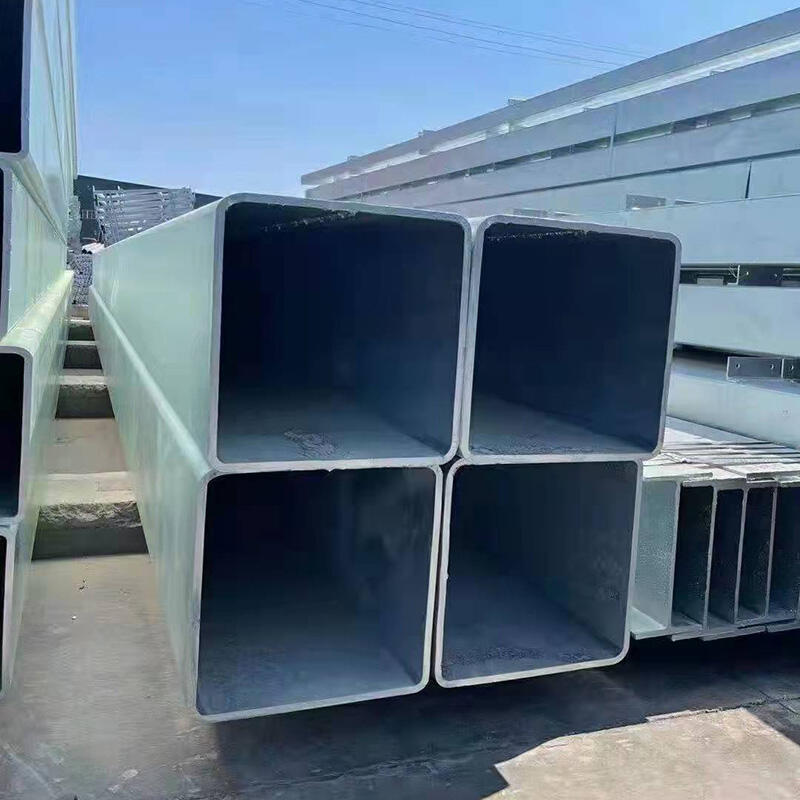Galvanized pipes are unique metal pipes with a layer of zinc used for protection. This anti-corrosion layer is significant as it helps prevent corrosion as well as other possible damage due to water. So when it comes to plumbing and outdoor projects, galvanized pipes have their pros and cons. So you can have a better understanding of them, let’s get into the pros and cons of using galvanized pipes.
The Upside of Galvanized Pipes
The major advantage of galvanized pipes is the extreme resistance to rust they offer. This allows the zinc coating to act as a sacrificial anode, protecting the underlying metal from water and other environmental elements that cause corrosion. Thus, galvanized pipes can endure for years, making them ideal for plumbing systems. Galvanized pipes aren't just sturdy, they are also easy to install. That means workers can install them easily and without too much effort. They specialize in withstanding high pressures, which ensures that both water and other liquids safely traverse the pipes.
Where Galvanized Pipes Are Found
When it comes to places you find galvanized pipes, it could be in homes, schools, offices, and other buildings. They are very commonly used in plumbing systems as they are strong and can last many years. These pipes have threaded ends, allowing for easy connection to other pipes and fittings. This enables easy installation of new plumbing or repair of existing plumbing with little hassle. One of the reasons why most builders and plumbers prefer using galvanized pipes for their project is because they are very easy to be used.
The Bad Side of Galvanized Pipes
Despite their positive attributes, however, galvanized pipes can also pose problems. There are two main problems with this: over time, the zinc coating can erode. However, when this happens the underlying metal may then be exposed to moisture, which can lead to the onset of rust and corrosion. This condition can result in clogs, leaks and other plumbing issues that require costly repairs. Moreover, over time, galvanized pipes can become brittle. When pipes are no longer flexible, they can crack or break — which can cause more severe plumbing problems later on.

Why Galvanized Pipes Are a Popular Material for Lucrative Outdoor Projects
Because galvanized pipes can resist harsh weathers, many people prefer to use them on outdoor projects. These pipes have a layer of zinc over them, which safeguards pipes from rain, and snow, and provides protection from solar ultraviolet rays as well. That's why galvanized pipes are an excellent option for outdoor plumbing systems, fences, and other structures that have to withstand the elements! One of the benefits of galvanized pipes is they got painted easily. This allows homeowners to tailor them to their outdoor spaces' aesthetics and keep the appearance of their yards or gardens.
Maintenance of Galvanized Pipes
However, with proper care and maintenance, galvanized pipes can last for many years without needing replacement. To ensure it serves you well for a very long time, you should regularly inspect galvanised colour coated steel coils clean the sewage pipe to prevent rust. Galvanized pipes are also easier to fix if there's a leak or some other plumbing problem — it’s less trouble to repair or replace them than it is with other types of pipes. This can save you money and time in the long run as it helps to prevent further issues with plumbing and costly repairs. Galvanized pipes are very reliable & cost-effective option for plumbing & outdoor projects.

In Conclusion
The bottom line is that there are both pros and cons to using stainless steel coils in plumbing and outdoor applications. They are rugged and rust-resistant, a notable positive. As they age, though, they can get stiff and need periodic attention to avoid rust forming. Residual age has made galvanized pipes a popular choice among many homeowners and contractors despite their downside, as they are durable and reliable. So, if you are looking for a solution to use your galvanized pipes even in a plumbing system of a house or an outdoor project, then you are definitely in for a practical and versatile way of building or reconstructing a structure. Getting to know their pros and cons can help you choose the right one for your next project.

 EN
EN
 AR
AR
 BG
BG
 FR
FR
 DE
DE
 HI
HI
 IT
IT
 JA
JA
 KO
KO
 PT
PT
 RO
RO
 RU
RU
 ES
ES
 TL
TL
 IW
IW
 ID
ID
 LV
LV
 LT
LT
 SR
SR
 SK
SK
 SL
SL
 UK
UK
 VI
VI
 SQ
SQ
 GL
GL
 HU
HU
 MT
MT
 TH
TH
 TR
TR
 AF
AF
 GA
GA
 BE
BE
 MK
MK
 HY
HY
 AZ
AZ
 KA
KA
 BN
BN
 BS
BS
 LO
LO
 MN
MN





